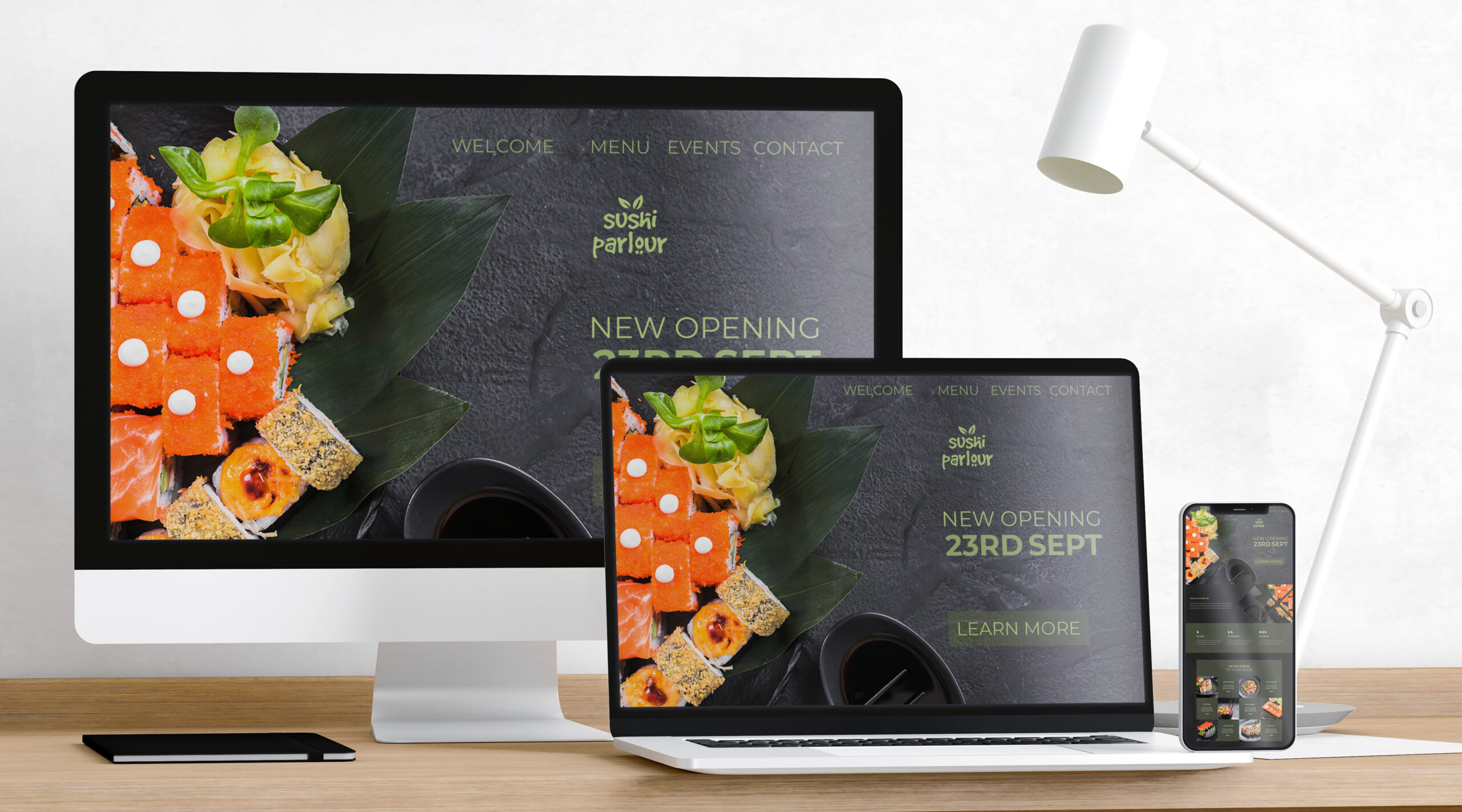Introduction:
With the increasing use of smartphones and tablets, optimizing websites for mobile users has become paramount. Mobile-first design is an approach that prioritizes designing for mobile devices before scaling up to larger screens. In this blog post, we will explore the concept of mobile-first design and discuss the best practices for creating mobile-optimized websites that deliver an exceptional user experience.
Understanding Mobile-First Design:
Mobile-first design is a mindset that recognizes the dominance of mobile devices in online browsing and prioritizes designing for smaller screens first. This approach ensures that the most critical elements and content are designed and optimized for mobile users, taking into account their unique needs, constraints, and behaviors. By starting with mobile design, you can create a solid foundation that translates well to larger screens.
Responsive Web Design:
Responsive web design is an integral part of mobile-first design. It involves creating websites that automatically adapt and respond to different screen sizes and resolutions. By employing fluid grids, flexible images, and media queries, responsive design allows the website layout and content to adjust dynamically to provide an optimal viewing experience on any device. This ensures that mobile users receive a seamless and user-friendly interface.
Streamlined and Minimalist Layouts:
Mobile screens have limited space, making it crucial to prioritize content and streamline the design. Use a minimalist approach by focusing on essential elements, such as key information, navigation, and calls to action. Eliminate unnecessary clutter and reduce visual distractions to provide a clean and uncluttered user interface. Break content into digestible chunks and use concise headings and subheadings to enhance readability.
Touch-Friendly Interactions:
Mobile devices rely on touch gestures for navigation, making it essential to design with touch-friendly interactions in mind. Use larger, tappable buttons and navigation elements that are easy to interact with using fingers. Provide ample spacing between interactive elements to prevent accidental taps. Incorporate swipe gestures for navigating image galleries or carousels, improving user engagement and navigation.
Optimized Performance and Speed:
Mobile users expect fast-loading websites. Optimize your website’s performance by minimizing file sizes, compressing images, and reducing the number of HTTP requests. Implement lazy loading techniques to load content as users scroll, reducing initial page load times. Mobile-first design also involves optimizing code and using efficient caching mechanisms to ensure speedy and responsive performance on mobile devices.
Prioritize Mobile User Experience:
Consider the unique needs and preferences of mobile users when designing your website. Ensure that important information is readily accessible, and key actions are easily discoverable. Streamline the checkout process for mobile e-commerce websites, allowing for a smooth and frictionless buying experience. Implement mobile-specific features such as click-to-call buttons, location-based services, or touch-based navigation to enhance user experience and convenience.
User Testing and Feedback:
Regularly conduct user testing and gather feedback from mobile users to identify any pain points or areas for improvement. Observe how users interact with your website on different devices and collect insights to refine and optimize the mobile experience. Incorporate user feedback into future iterations of your design to continually enhance the mobile user experience.
Conclusion:
Mobile-first design is no longer an option but a necessity in today’s mobile-centric world. By adopting a mobile-first mindset, implementing responsive design, optimizing performance, and prioritizing mobile user experience, you can create websites that provide a seamless and engaging experience for mobile users. Remember, designing for mobile first not only benefits mobile users but also ensures a solid foundation for scaling up to larger screens.

